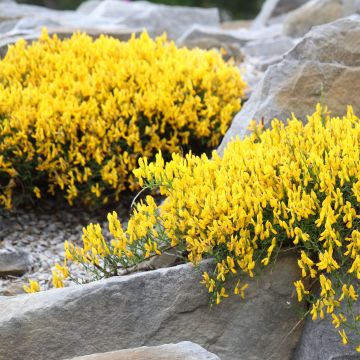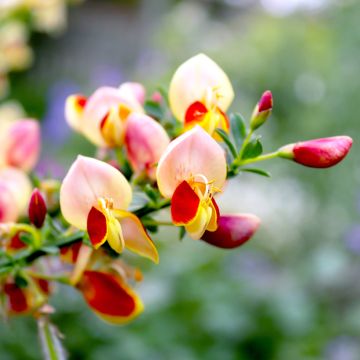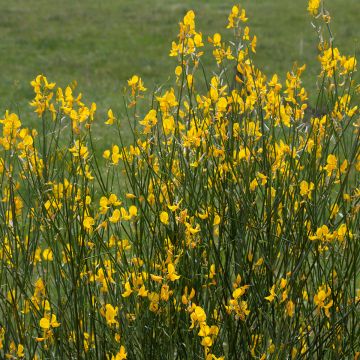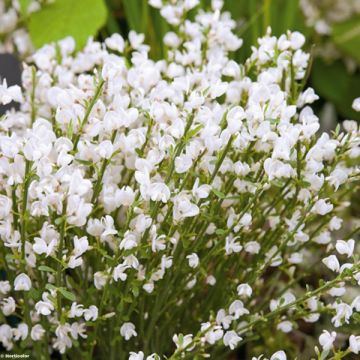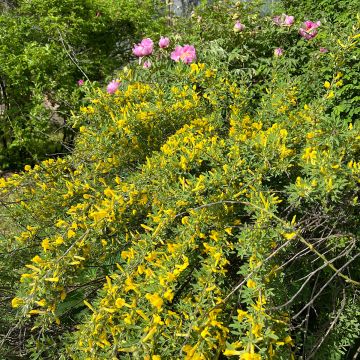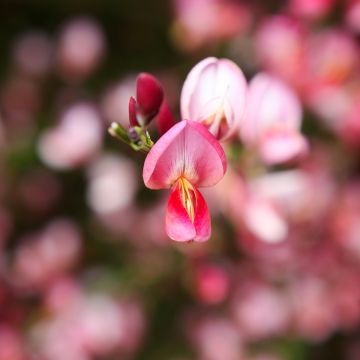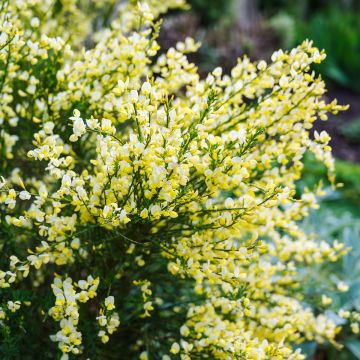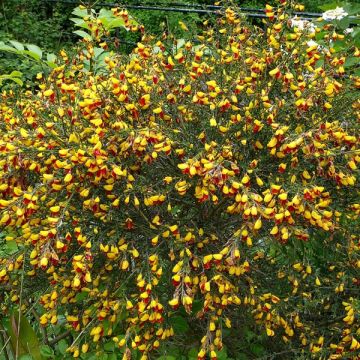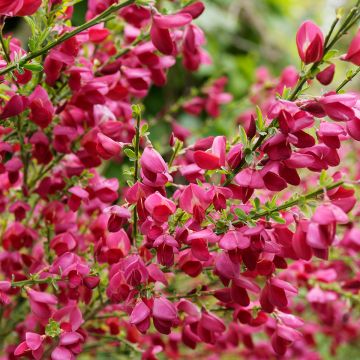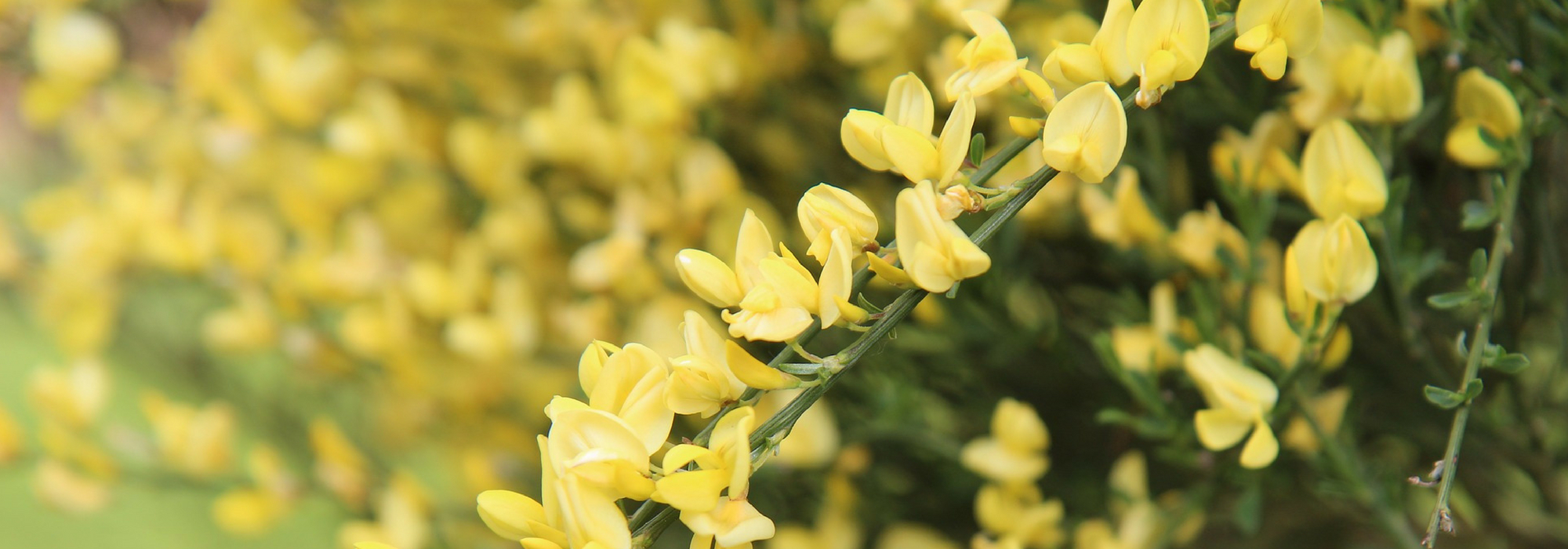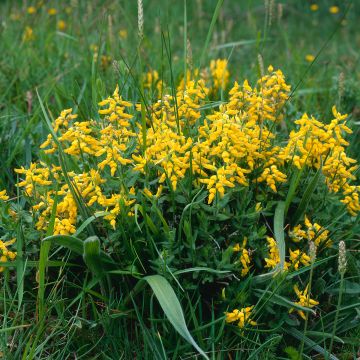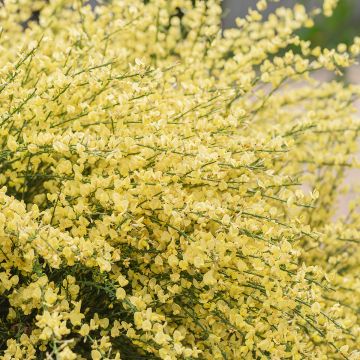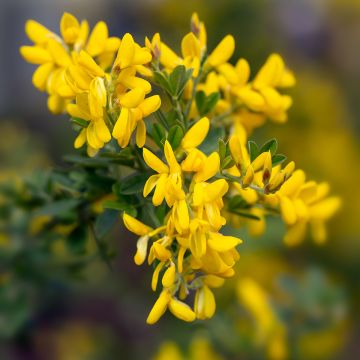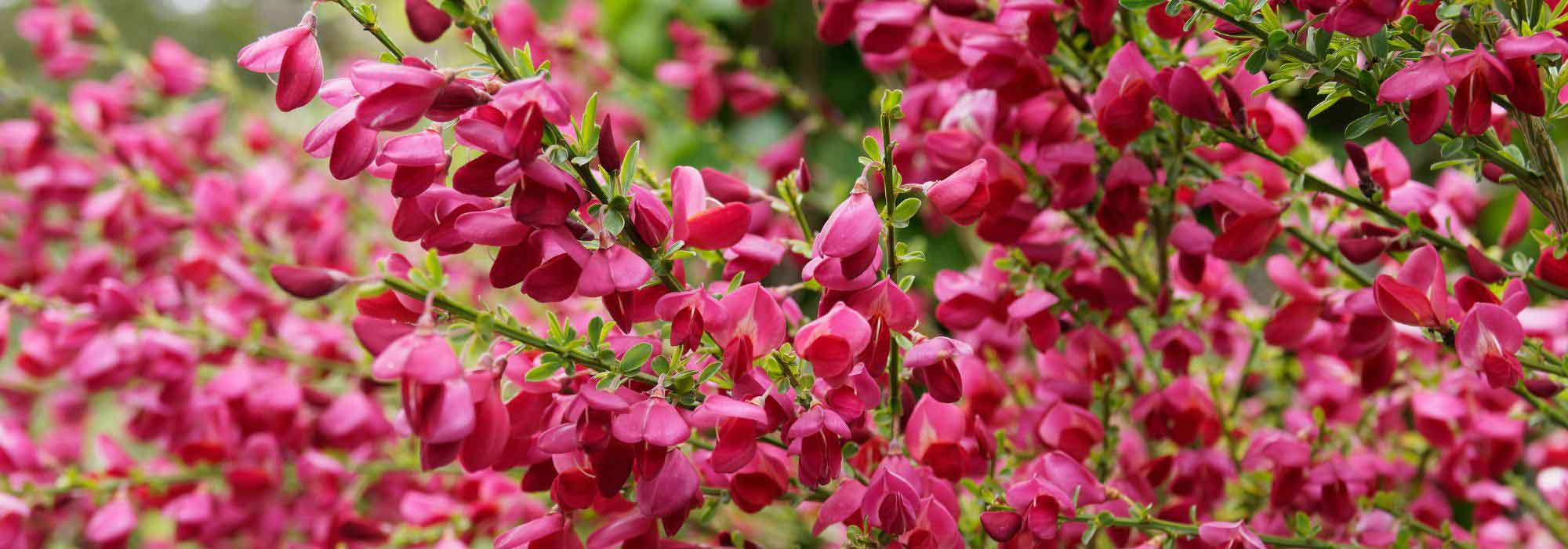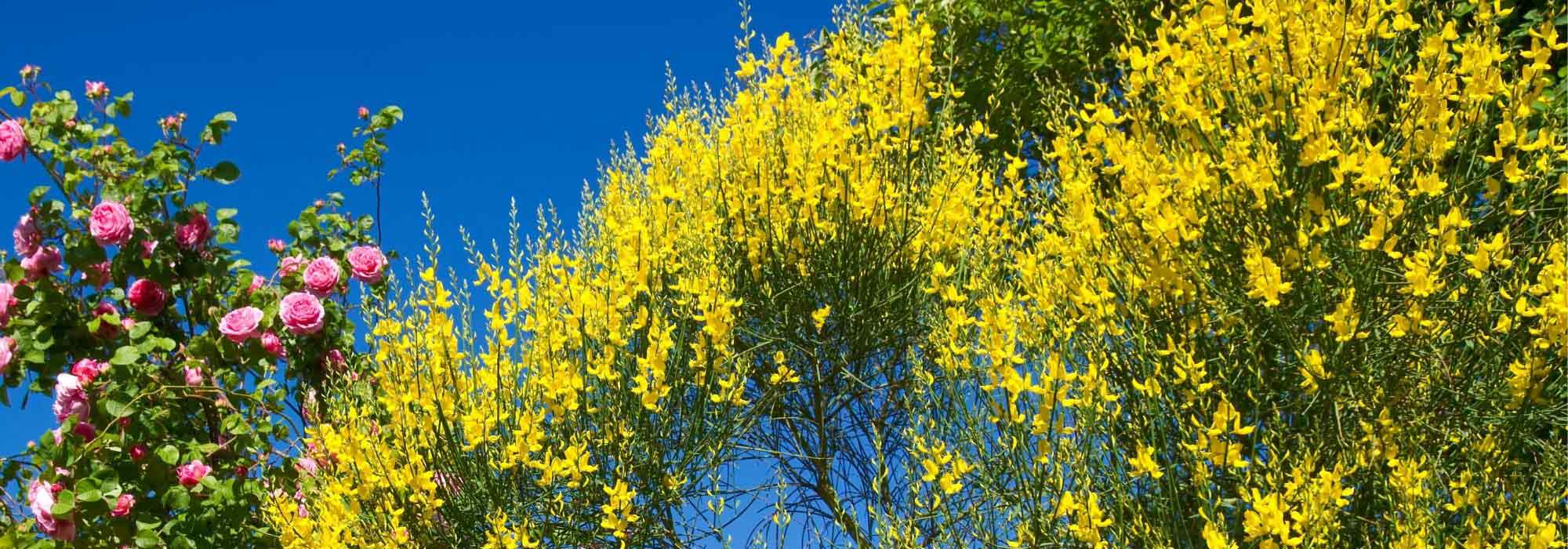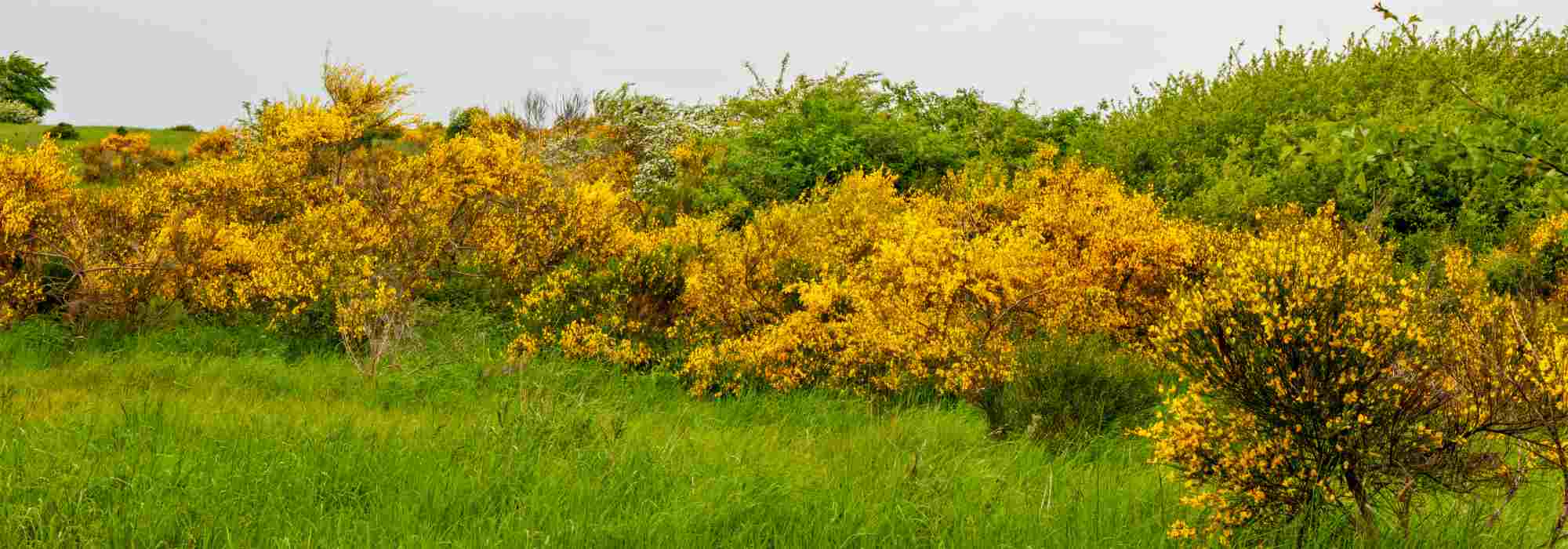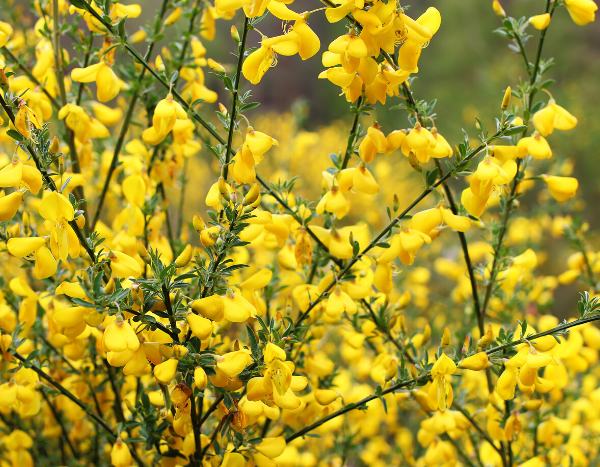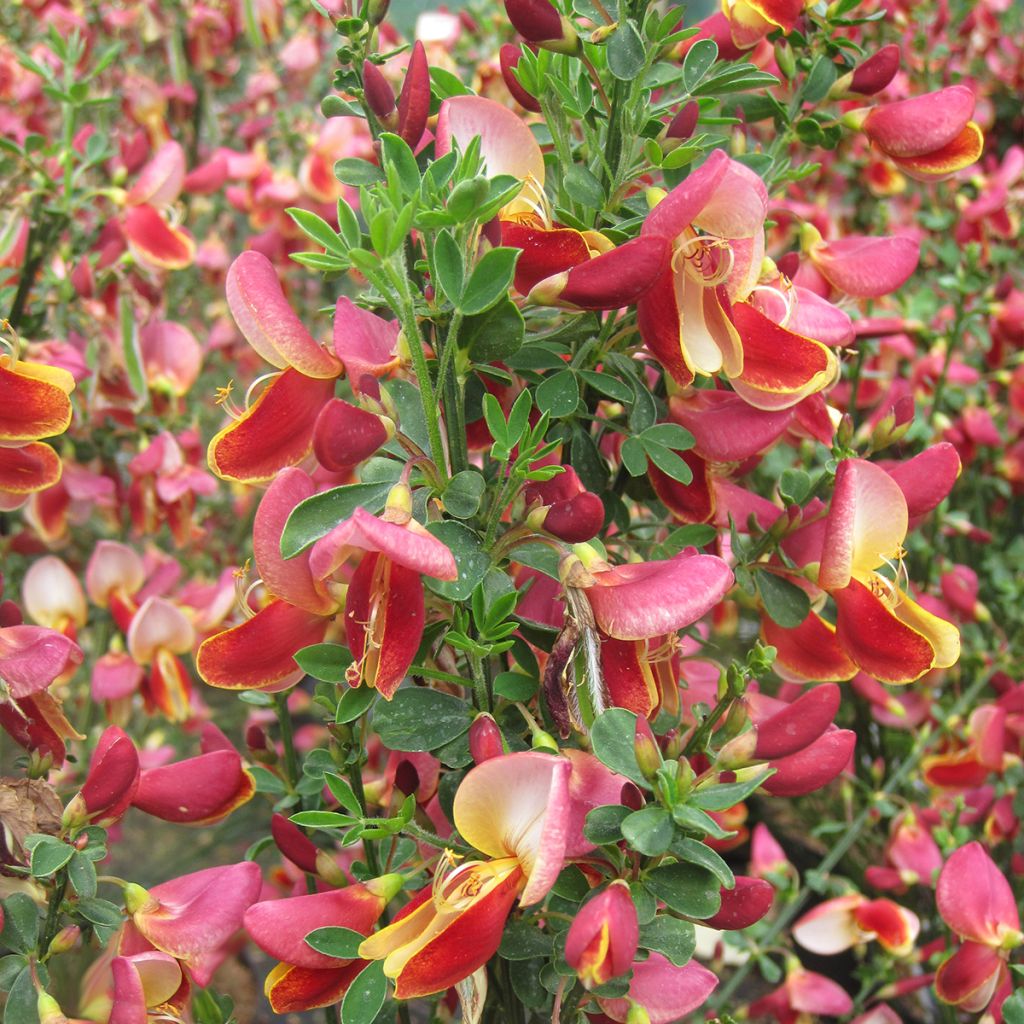

Cytisus Maria Burkwood
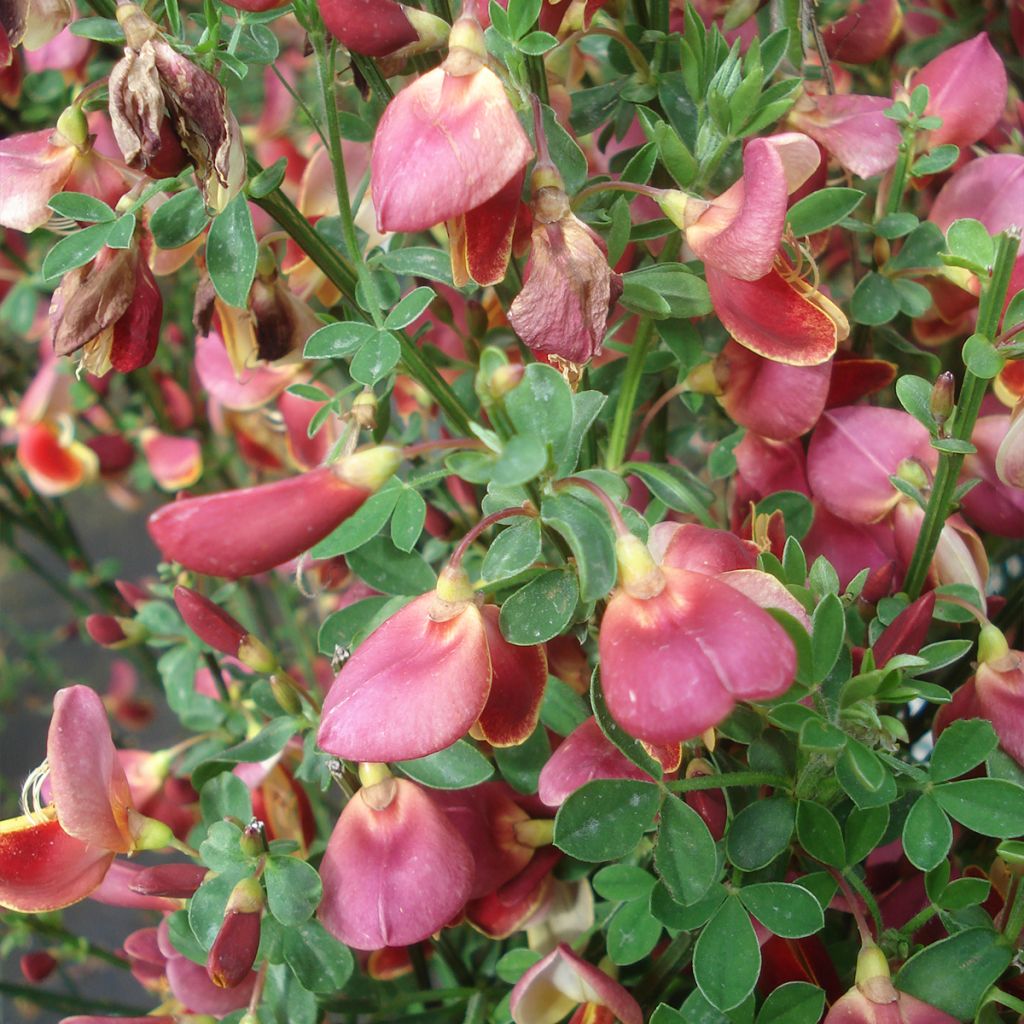

Cytisus Maria Burkwood
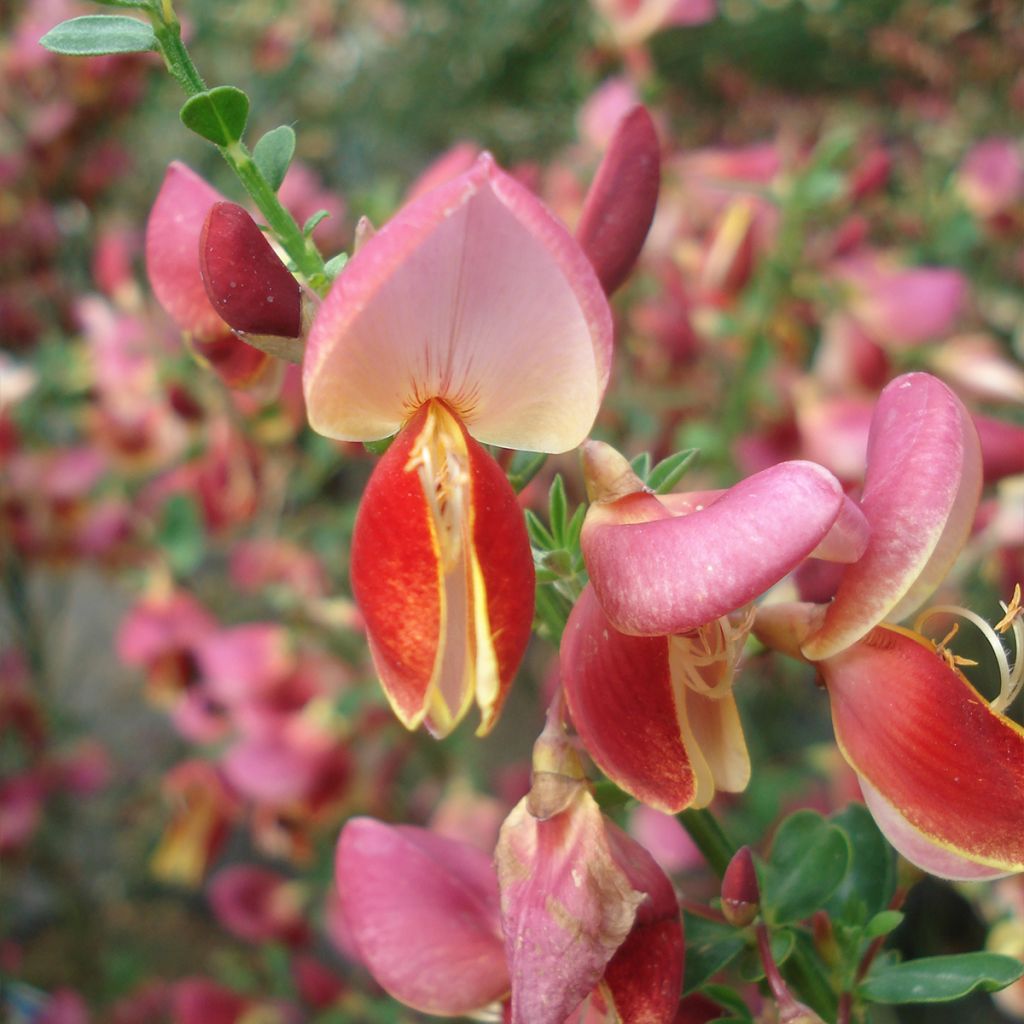

Cytisus Maria Burkwood
Cytisus Maria Burkwood
Cytisus Maria Burkwood
Broom, Scotch Broom, Common Broom
Special offer!
Receive a €20 voucher for any order over €90 (excluding delivery costs, credit notes, and plastic-free options)!
1- Add your favorite plants to your cart.
2- Once you have reached €90, confirm your order (you can even choose the delivery date!).
3- As soon as your order is shipped, you will receive an email containing your voucher code, valid for 3 months (90 days).
Your voucher is unique and can only be used once, for any order with a minimum value of €20, excluding delivery costs.
Can be combined with other current offers, non-divisible and non-refundable.
Why not try an alternative variety in stock?
View all →This plant carries a 24 months recovery warranty
More information
We guarantee the quality of our plants for a full growing cycle, and will replace at our expense any plant that fails to recover under normal climatic and planting conditions.
Does this plant fit my garden?
Set up your Plantfit profile →
Description
Cytisus 'Maria Burkwood' is a charming variety of broom, with its variegated flowering in pink, red, yellow, and white. It forms a compact bush, requiring no maintenance other than a light trim after flowering. This broom is not demanding, tolerating poor, sandy soil, which is neutral to acidic. It thrives in full sun and its hardiness allows it to be planted anywhere. An easy and spectacular plant in spring, ideal for filling a sunny slope or energizing a flower bed.
Cytisus 'Maria Burkwood' belongs to the large Fabaceae (or Leguminosae) family, one of the most important in the plant kingdom, both in terms of species and economically. It includes beans, soybeans, peas, alfalfa, and clover. Many representatives of this family are capable of fixing nitrogen from the air and are widely used in agriculture as green manure to improve soils.
'Maria Burkwood' grows relatively fast to reach a height of 1.5m (5ft) with an equal width. Its compactness and resistance to pollution make it a great choice for small urban gardens. The flexible, green-coloured stems bear small deciduous leaves with three leaflets. In May-June, papilionaceous flowers measuring 2cm (1in) in length cover the branches in an explosion of variegated colours, ranging from pink to red, with hints of yellow and white. They are followed by the formation of fruits that develop into green and then black pods, which are best removed by lightly pruning the plant. This prevents it from wasting energy on fruit production and allows for the renewal of branches. The lifespan of this plant is relatively short, around 5 to 8 years, but this should not deter you from planting it, as its ornamental value is remarkable. Furthermore, this bush is easy to care for, hardy down to -15°C (5°F), and is also wind-resistant.
Cytisus 'Maria Burkwood' is a spring star with its dazzling flowering. It stands out from afar despite its modest size. With its thin stems and small leaves, it becomes more discreet after flowering. Therefore, it is advisable to plant it with other shrubs that bloom later in order to create a decorative flower bed all year round. Among the plants suitable for the same soil conditions and compact size as our little broom, choose the beautiful Vitex 'Blue Puffball' with aromatic foliage and lavender-blue flowers, Cotinus coggygria 'Lilla', a dwarf variety of smoke tree with purple foliage, or Choisya ternata 'Sundance', a Mexican orange with golden spring foliage and a double flowering in spring and autumn.
Cytisus Maria Burkwood in pictures
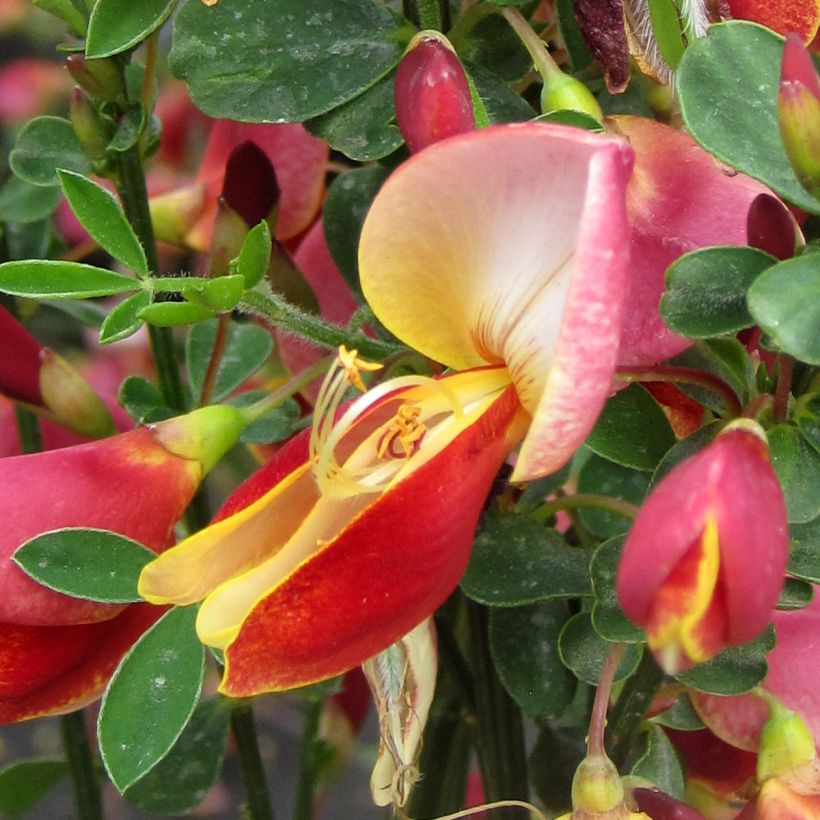

Plant habit
Flowering
Foliage
Botanical data
Cytisus
Maria Burkwood
Fabaceae
Broom, Scotch Broom, Common Broom
Cultivar or hybrid
Other Broom - Cytisus
View all →Planting and care
Plant in spring or autumn in any light and well-drained soil, preferably slightly acidic or sandy, in a sunny position. It tolerates limestone in well-drained soil. Choose its location carefully as it does not like to be moved. Not demanding, it will be satisfied with severe pruning after flowering to avoid fruiting, which quickly exhausts the plant. This also helps to maintain a compact habit that does not become bare at the base. If the plant is damaged during a severe winter, cut back any blackened stems to the base. The lifespan is quite short, around 5 to 8 years.
Planting period
Intended location
Care
Planting & care advice
This item has not been reviewed yet - be the first to leave a review about it.
Haven't found what you were looking for?
Hardiness is the lowest winter temperature a plant can endure without suffering serious damage or even dying. However, hardiness is affected by location (a sheltered area, such as a patio), protection (winter cover) and soil type (hardiness is improved by well-drained soil).

Photo Sharing Terms & Conditions
In order to encourage gardeners to interact and share their experiences, Promesse de fleurs offers various media enabling content to be uploaded onto its Site - in particular via the ‘Photo sharing’ module.
The User agrees to refrain from:
- Posting any content that is illegal, prejudicial, insulting, racist, inciteful to hatred, revisionist, contrary to public decency, that infringes on privacy or on the privacy rights of third parties, in particular the publicity rights of persons and goods, intellectual property rights, or the right to privacy.
- Submitting content on behalf of a third party;
- Impersonate the identity of a third party and/or publish any personal information about a third party;
In general, the User undertakes to refrain from any unethical behaviour.
All Content (in particular text, comments, files, images, photos, videos, creative works, etc.), which may be subject to property or intellectual property rights, image or other private rights, shall remain the property of the User, subject to the limited rights granted by the terms of the licence granted by Promesse de fleurs as stated below. Users are at liberty to publish or not to publish such Content on the Site, notably via the ‘Photo Sharing’ facility, and accept that this Content shall be made public and freely accessible, notably on the Internet.
Users further acknowledge, undertake to have ,and guarantee that they hold all necessary rights and permissions to publish such material on the Site, in particular with regard to the legislation in force pertaining to any privacy, property, intellectual property, image, or contractual rights, or rights of any other nature. By publishing such Content on the Site, Users acknowledge accepting full liability as publishers of the Content within the meaning of the law, and grant Promesse de fleurs, free of charge, an inclusive, worldwide licence for the said Content for the entire duration of its publication, including all reproduction, representation, up/downloading, displaying, performing, transmission, and storage rights.
Users also grant permission for their name to be linked to the Content and accept that this link may not always be made available.
By engaging in posting material, Users consent to their Content becoming automatically accessible on the Internet, in particular on other sites and/or blogs and/or web pages of the Promesse de fleurs site, including in particular social pages and the Promesse de fleurs catalogue.
Users may secure the removal of entrusted content free of charge by issuing a simple request via our contact form.
The flowering period indicated on our website applies to countries and regions located in USDA zone 8 (France, the United Kingdom, Ireland, the Netherlands, etc.)
It will vary according to where you live:
- In zones 9 to 10 (Italy, Spain, Greece, etc.), flowering will occur about 2 to 4 weeks earlier.
- In zones 6 to 7 (Germany, Poland, Slovenia, and lower mountainous regions), flowering will be delayed by 2 to 3 weeks.
- In zone 5 (Central Europe, Scandinavia), blooming will be delayed by 3 to 5 weeks.
In temperate climates, pruning of spring-flowering shrubs (forsythia, spireas, etc.) should be done just after flowering.
Pruning of summer-flowering shrubs (Indian Lilac, Perovskia, etc.) can be done in winter or spring.
In cold regions as well as with frost-sensitive plants, avoid pruning too early when severe frosts may still occur.
The planting period indicated on our website applies to countries and regions located in USDA zone 8 (France, United Kingdom, Ireland, Netherlands).
It will vary according to where you live:
- In Mediterranean zones (Marseille, Madrid, Milan, etc.), autumn and winter are the best planting periods.
- In continental zones (Strasbourg, Munich, Vienna, etc.), delay planting by 2 to 3 weeks in spring and bring it forward by 2 to 4 weeks in autumn.
- In mountainous regions (the Alps, Pyrenees, Carpathians, etc.), it is best to plant in late spring (May-June) or late summer (August-September).
The harvesting period indicated on our website applies to countries and regions in USDA zone 8 (France, England, Ireland, the Netherlands).
In colder areas (Scandinavia, Poland, Austria...) fruit and vegetable harvests are likely to be delayed by 3-4 weeks.
In warmer areas (Italy, Spain, Greece, etc.), harvesting will probably take place earlier, depending on weather conditions.
The sowing periods indicated on our website apply to countries and regions within USDA Zone 8 (France, UK, Ireland, Netherlands).
In colder areas (Scandinavia, Poland, Austria...), delay any outdoor sowing by 3-4 weeks, or sow under glass.
In warmer climes (Italy, Spain, Greece, etc.), bring outdoor sowing forward by a few weeks.






























